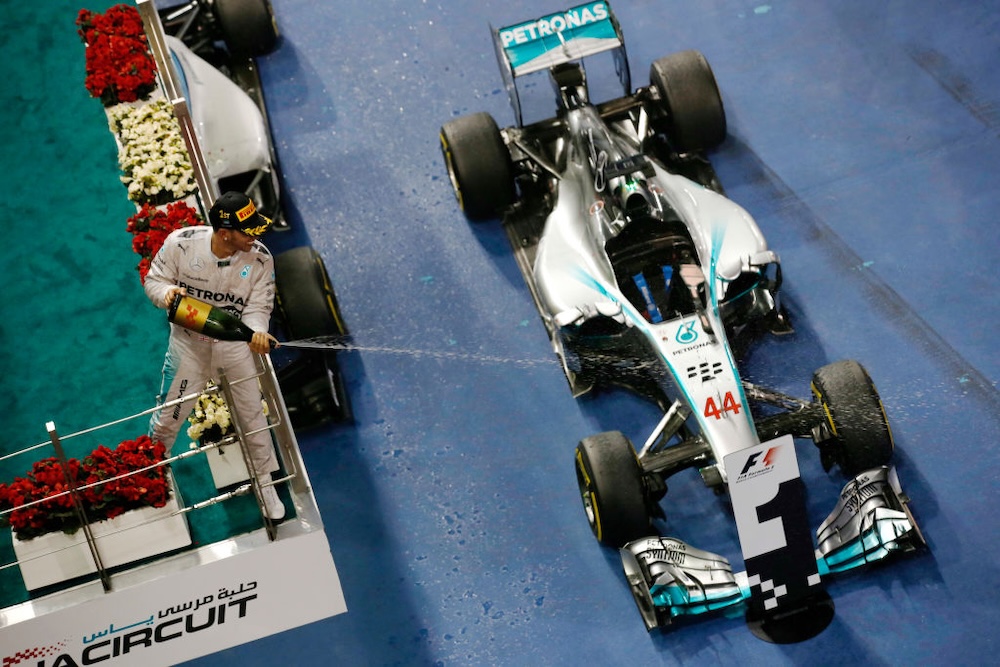There once seemed to be no end to the crushing dominance of Mercedes in Formula 1. From 2014-2021, the three-pointed star reigned supreme, winning 15 out of 16 world championships, with only the 2021 drivers’ title eluding it. Since the introduction of the current ground-effect regulations package in 2022, Mercedes has struggled. What started out as a temporary blip became the norm, with expectations evaporating and the team becoming stuck in a loop of failure.
‘Failure’ is a relative term. Over the past three-and-a-half seasons, Mercedes has won six grands prix and finished as high as second in the constructors’ championship without ever dropping out of the top four. That would be an enviable record for most, but not Mercedes. Now, expectations are rising again thanks to the major regulations overhaul in 2026 that will have a profound impact on both the power units and. Many tip Mercedes to get back on top. The question is, can it?
The argument is logical enough. Firstly, Mercedes is a fully integrated works team and such an entity always has an advantage in terms of performance potential, even if rules today have narrowed the notional gap between the factory and customer teams given the requirements for identical hardware and operational parameters. Secondly, the rules reset reduces the reliance on the underfloor aero that Mercedes has never entirely mastered, even though it’s an exaggeration to characterize them as no longer being ground-effect floors. As technical director James Allison said earlier this year, “they’re a step-plane car, so they don’t have that strong aerodynamic seal that the Venturi ground effect cars of the last few years have”. Thirdly, the last time F1 introduced a brand-new power unit package in 2014, Mercedes aced it. Fourthly, there are mutterings in the paddock that Mercedes is in a good place with its engine development program. While such whispers are vague, there are gentle indicators that it is hitting its targets and at the very least it doesn’t appear to be in trouble.
It’s impossible to make an appraisal of its power unit competitiveness until the cars hit the track next year because hearsay is not horsepower. It would also be a surprise if Mercedes is able to replicate the scale of advantage it had in 2014, given some of the conditions that allowed for that have changed. Mercedes AMG High Performance Powertrains at Brixworth remains a formidable organization that is capably led by Hywel Thomas, who replaced Andy Cowell (now Aston Martin team principal) in mid-2020. While the ‘brain drain’ effect of rivals poaching staff, in particular the Red Bull powertrains program that is fielding its first in-house design next year, is often cited as evidence that it’s a weakened organization, there’s little to support that. Instead, rivals have inevitably caught up.
What is crucial is that whereas Mercedes stole a march on the opposition by committing to development earlier than its rivals ahead of 2014, getting a single-cylinder test engine up and running long before final agreement on the regulations was even reached, that’s much harder to do now. The PU development cost cap that is audited annually, combined with the freeze on the current hardware instigated in 2021, means all of the manufacturers should have made a similar investment on largely the same timeline. The Mercedes PU could well emerge as the market leader in 2026, although the challenge of the new regulations with the aim of a 50/50 split of V6 to electric power (the real split is more like 55/45) means there’s plenty of scope for surprises.
Let’s say, for the sake of argument, the Mercedes PU is the best with a notional advantage of several tenths of a second per lap over the opposition. It must then defeat its customer teams – McLaren, Williams and Alpine. While it should comfortably have an advantage over Alpine, and it’s probably too early to expect Williams to be at its best given team principal James Vowles points to 2028 as the first time everything will be in place to fulfil its potential, McLaren is clearly a tough opponent. While team principal Toto Wolff has, with sincerity, spoken of the pride taken in the success of a Mercedes power unit winning championship even in the back of a rival car, there’s no doubt everyone at the Mercedes Brackley base in the UK hates being shown up by McLaren. That’s the key question hanging over Mercedes: can it produce a title-winning car?

Mercedes nailed F1’s last big regulation change in 2014, but the circumstances are a little different this time around. Charles Coates/Getty Images